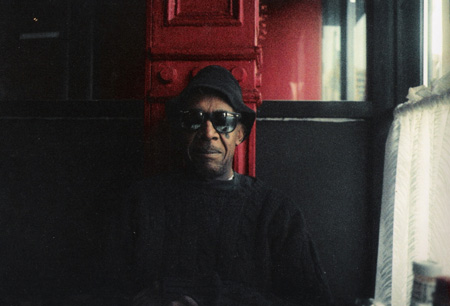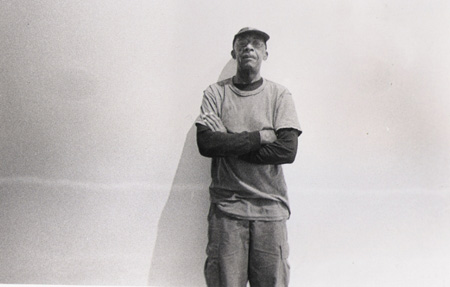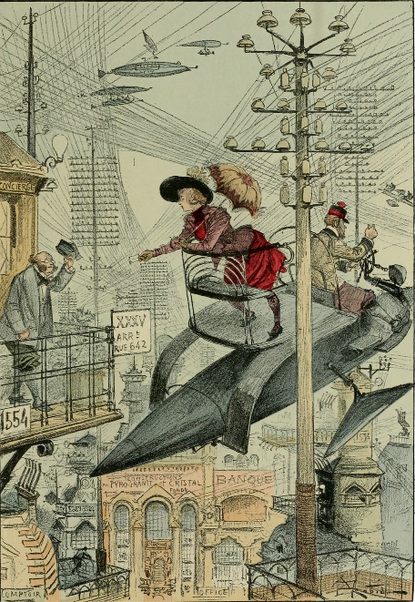Alex Harsley and The 4th Street Photo Gallery
During my first visit to New York back in 2005 I accidentally walked in the gallery down on 4th street and Bowery. It was called The 4th Street Photo Gallery. What I saw there really intrigued and fascinated me- large black and white silver gelatin prints attached with cloth pins to the fishing line on the wall. The space was also full of historical artifacts: various sizes of enlargers, movie projectors, shelves with fine art magazines, and film cameras. The man who walked out of the back room introduced himself as Alex Harsley, an artist and director of the gallery. After hours of talk with Alex, who appeared to be a very enigmatic, simple yet complex character I felt inspired and realized that I will be back to explore the history of the gallery more.
Аfter Ishigaki opening, 1973, Alex Harsley
What I did find out soon is that there are many “frequent visitors” like me of The 4th Street Photo Gallery and that it serves an artistic home for many artists from all over the world. Indeed the small gallery in the Bowery has been a crucible of New York photographic talent, and Alex Harsley helped to nurture the talent of a significant number of now well established photographers, cinematographers, writers, and artists. As such his gallery and indeed the artist himself have an important cultural resonance for the city and his story as well as the story of the gallery provides an opportunity to glimpse the early beginnings and evolution of artistic talent.

Early self Portrait, 1960,
Alex Harsley
Alex Harsley started his photographic explorations at the age of 14 when he moved to New York from South Carolina. He bought his first camera Simca in 1957 at Washington Park for $15. Photography became the challenge and also the way to express one’s creative energy. Alex spent a lot of time roaming around New York City capturing unique moments. He was engaged in both photojournalistic photography that reflected evolving social and economic conditions in New York as well as in purely artistic and experimental image making. It was the time when he met many other photographers and artists, including Lloyd Varden, one of the world’s leading experts in photographic field, the meeting of whom really influenced Alex and soon turned into close friendship.
Аkira Ishigaki and Cynthia McAdams, by Alex Harsley
After couple years of working as a photographer for the District Attorney’s Office, and some freelance jobs for Harlem newspapers, Alex decided to resign and start his own photographic career. He felt the need to not only photograph but also to show his works to others. Since there was no exhibition space he could get into, he would simply exhibit his works on the streets, hang photographs on fences or nail them on benches. At the same time he started thinking of the way to gather the community of like minded artists to create a communication and support network.
Robert Frank, and editing crew for his book The lines of my hand, 1973
In 1971 he established a non-profit organization called The Minority Photographers, the idea of which was to nurture and foster the creative genius of artists by providing an array of creative ideas and technical support. The name “minority” appealed to the artists who felt they were rejected and it was based on a strong belief that every artist should have a right to show the works and communicate the message notwithstanding the nationality, social class of the artist or technical characteristics of the photo image.

Alex Harsley, 2005, by Masha Froliak
The Minority Photographers soon gathered a strong community of artists around it. Alex was doing workshops with photographers and soon started a newsletter that reached 4000 highlighting all possible concerns of photography at that time. He was writing articles and taking interviews from other photographers and art critics. 1970s was a very important time in the history of photography. It was a period when different critical writings about photography emerged. A.D. Coleman was the first photo critic to start the column at The New York Times, as well as writings of Susan Sontag and Roland Barthes, among others, established a new way of looking at photography. They introduced photo criticism, viewing photography as an art form. At the same time there were many emerging photographers, but not many places where they could exhibit their works and share the ideas. Alex Harsley decided to establish such space, an alternative exhibition space where both emerging and professional artists of all backgrounds, nationalities, and persuasions could show their works and communicate their messages. In 1973 Alex Harsley opened The 4th Street Photo Gallery. It became a networking center and also home for the Minority Photographers. This started the whole new period not only for the Minority Photographers but for the New York art scene.

Self Portrait, Alex Harsley
There were back to back art exhibitions of artists from all over the world. Photocritic A.D.Coleman and famous American photographer Robert Frank were among frequent visitors of the gallery. Alex was curating all of the shows. Since the 4th Street Photo Gallery encouraged avant-garde artistic practices and brave experiments Alex Harsley was accepting even the most controversial works for the shows. The exhibition of Japanese photographer Akira Ishigaki in 1973 that depicted tied women caused a lot of protests and uproar among some feminists. Alex paid the price of painted and broken windows, but didn’t stop the show. On the contrary he gathered a number of artists to raise the discourse of creative freedom. Alex also showed his support to one of the most controversial contemporary American photographers Andres Serrano. In spite the angry reactions to the works of Serrano, Alex Harsley curated his first show at The 4th Street Photo Gallery. Suddenly the gallery turned to be the main protagonist and mover-and-shaker in many of the significant events in the artistic and photographic underworld of New York City. Among other now well known artists who started at the gallery was David Hammons. He did a number of projects in collaboration with Alex Harsley. Their video installation “Kicking the Bucket” was also later shown at the Whitney Biennial (1997) and Museum of Modern Art in New York (2011).

Alex Harsley, 2007, Masha Froliak
Alex touched on fates and influenced the careers of many artists by supporting them and inspiring them with ideas. Since 1973 The 4th Street Photo Gallery served a crossroads where paths of many artist have met. Even though the neighbourhood has changed and a lot of modern exhibition spaces as well as museums were opened while many old galleries went out of business one thing hasn’t changed- The 4th Street Photo Gallery stays active. If you come by here you might still bump into Robert Frank or encounter Dawoud Bey, Sullivan Ellison or Cynthia MacAdams..
Workshop, by Alex Harsley
At the same time 73 year old Alex Harsley continues to work with the new generation of artists. He still appreciates new technologies and brave ideas in art. He stays enthusiastic about the future of art and it has been almost 40 years that he helps other artist build it. And we all know what it means when somebody opens the door for you- it means everything..
Alex Harsley, 2011, by Masha Froliak
Maria Frolyak









